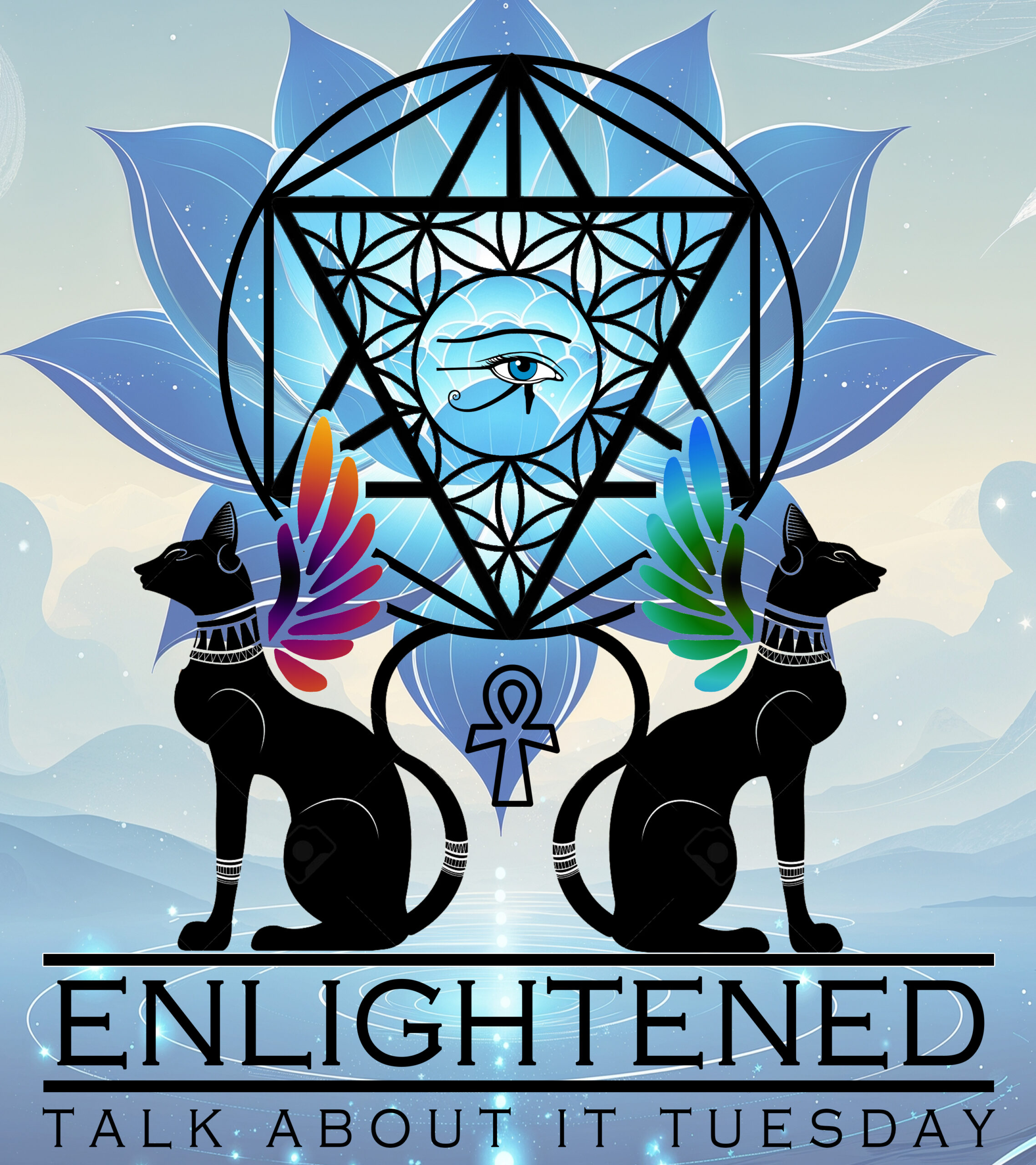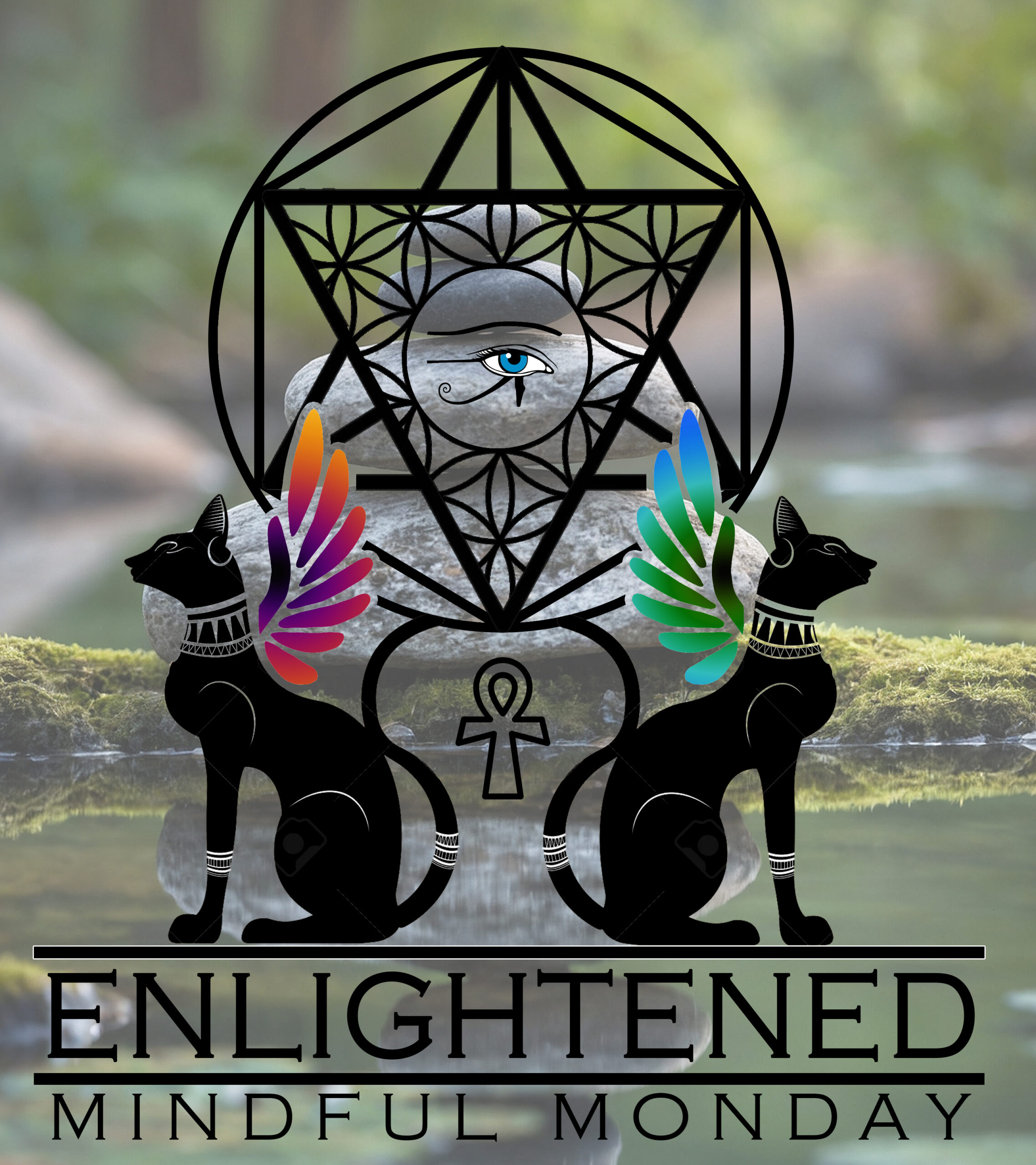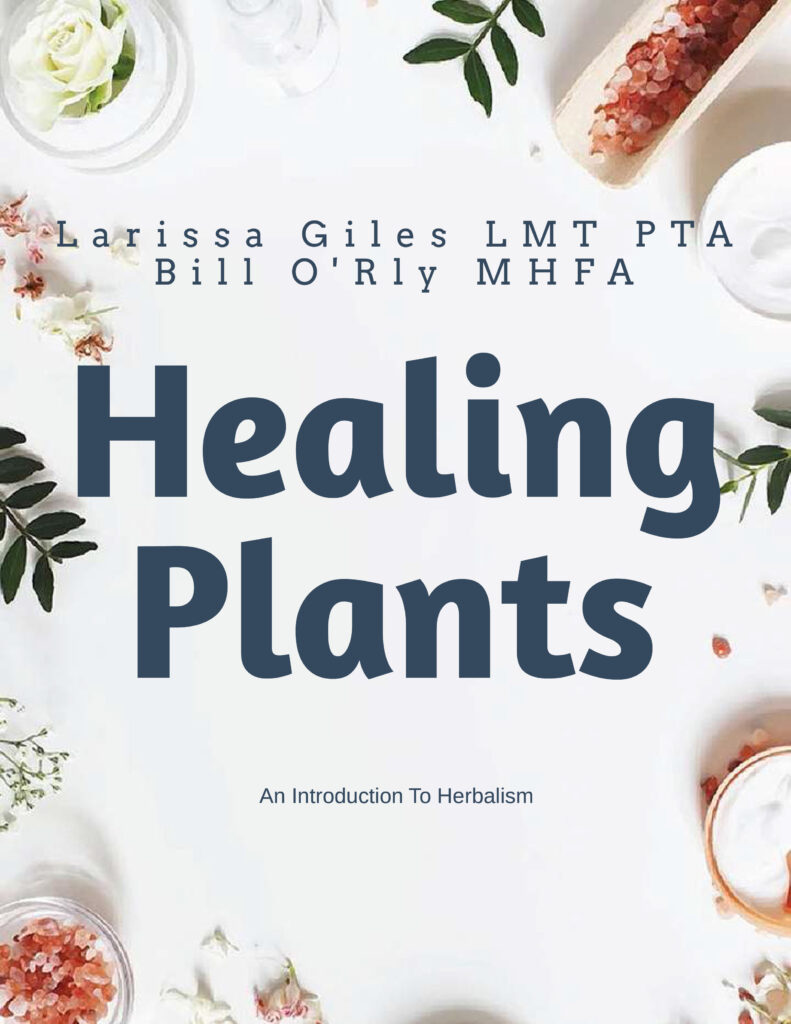The holiday season, often painted with images of joy and togetherness, can paradoxically be one of the most stressful times of the year for many families. The pressure to create perfect memories, navigate complex family dynamics, manage financial strains, and juggle packed schedules can leave even the most resilient individuals feeling overwhelmed. Amidst the festive chaos, a simple yet profound practice—mindfulness—offers a powerful pathway to navigating these challenges with greater ease and presence. It’s not about eliminating stress entirely, but about changing our relationship with it.
Mindfulness, at its heart, is the practice of paying attention to the present moment without judgment. It involves observing our thoughts, feelings, and bodily sensations as they arise, rather than getting swept away by them. During the holidays, this can be particularly beneficial. Instead of reacting impulsively to a critical comment from a relative or spiraling into anxiety about an unfinished to-do list, mindfulness allows us to pause, take a breath, and choose a more intentional response. This pause creates a vital space between stimulus and reaction, empowering us to act from a place of calm rather than stress.
Consider a common holiday scenario: a family gathering where old tensions resurface. Without mindfulness, you might find yourself automatically falling into old patterns of argument or withdrawal. With mindfulness, however, you can observe the rising irritation or defensiveness within you. You might notice the tightening in your stomach or the quickening of your breath. By simply acknowledging these sensations without judgment, you create a distance from them. This awareness allows you to choose to respond with compassion, or to simply listen without engaging, rather than escalating the conflict. It’s about recognizing that while you can’t control others’ behavior, you can control your own reaction.
Another significant source of holiday stress is the relentless pace and the pressure to do everything. Mindfulness encourages us to slow down and savor individual moments. Instead of rushing through gift-wrapping, meal preparation, or even conversations, we can bring our full attention to each activity. This might mean truly tasting the holiday meal, fully listening to a child’s story, or feeling the texture of a gift as you wrap it. By engaging all our senses and being fully present, we transform mundane tasks into opportunities for joy and connection, reducing the feeling of being constantly rushed and fragmented.
Here are some practical mindfulness practices to help navigate holiday stress:
- Mindful Breathing: When you feel overwhelmed, take a few deep breaths, focusing solely on the sensation of the air entering and leaving your body. This simple act can quickly calm your nervous system.
- Body Scan Meditation: Take a few minutes to lie down or sit comfortably and bring your attention to different parts of your body, noticing any sensations without trying to change them. This helps to release tension.
- Mindful Eating: During holiday meals, eat slowly, savoring each bite. Notice the flavors, textures, and aromas. This can prevent overeating and enhance enjoyment.
- One-Minute Mindfulness: Set an alarm for a few times a day. When it rings, stop what you’re doing and simply observe your surroundings, your breath, or your thoughts for one minute.
By integrating mindfulness into your holiday season, you can transform potential sources of stress into opportunities for deeper connection, peace, and genuine joy. It’s a gift you give yourself and your family-the gift of presence.
How might embracing mindfulness this holiday season change your experience of family gatherings and festive obligations?






